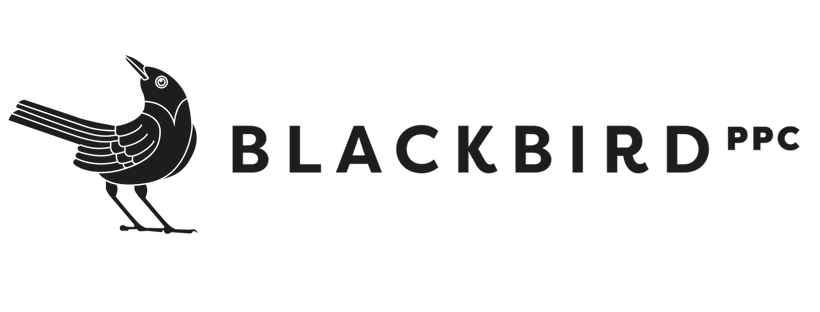Offline Conversion Tracking: Why OCT Is Advertising’s Hottest Acronym
In recent years, digital marketers have witnessed a surge in campaign automation, from Google (Performance Max) to Facebook (Advantage+) and beyond. The tradeoff for advertisers: give up manual targeting and bidding controls to tap into the lure of AI’s at-scale machine learning to find and engage audiences with new levels of efficiency.
Is there a catch? Of course there’s a catch.
The drawback lies in the algorithm's revenue-agnostic pursuit of conversions, by which I mean the platforms, left to their own devices, will simply capture the easiest conversions possible. This results in significant gains in volume and efficiency but a corresponding dip in overall quality.
Enter offline conversion tracking, or OCT, which we’ll cover in a series of four posts – this one, which explains OCT’s impact, and subsequent how-to posts for setting up OCT integration on Google, Facebook, and LinkedIn.
In simple terms, OCT is the practice of advertisers integrating their back-end CRM data with the ad platforms’ UI to effectively “train” the automated algorithm to find the most valuable users, not just the users most likely to convert. The results can be eye-popping:
Offline conversion data can take a few forms. Examples include:
A lead that progresses from lead to MQL to SQL to opportunity (indicates that the lead is interested in working with us and qualified to work with us)
A potential customer that schedules an appointment at a brick-and-mortar store, e.g. a car dealership, and ends up purchasing a product offline
A user who converts, joins a loyalty program, and ends up joining a brand’s segment of high-LTV customers
In each of those cases, data tracked in a CRM like HubSpot or Salesforce can be fed back to the advertising platforms to teach the algorithms more about a brand’s ideal customers. It’s good for B2B/lead gen especially and helps B2C/eCommerce optimize their LTV game, and more and more platforms are building functionality to help advertisers integrate the data – witness TikTok’s new collaboration with HubSpot.
Advertisers who don’t incorporate OCT and let the algorithms run without input are throwing up their hands and giving Google, Facebook, etc. permission to simply find the lowest-hanging fruit and call it a day. Especially because we don’t have the controls we once did, advertisers should consider it mandatory to use OCT to take back some power and train the algorithms to work more effectively for our budgets.
In upcoming posts, I’ll break down the mechanics of incorporating OCT into Google, Facebook, and LinkedIn – and how to set up bidding on those platforms to find highly qualified users. If you’d like to see the rest of the series, be sure to follow us on LinkedIn!

